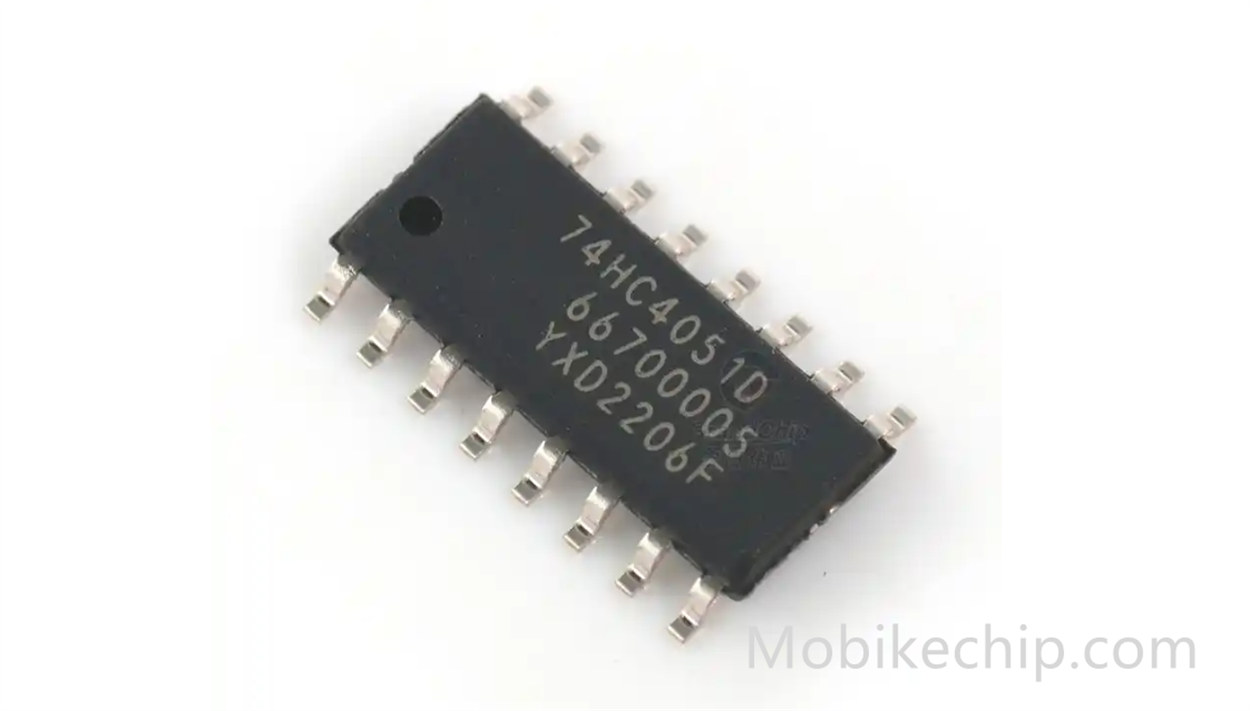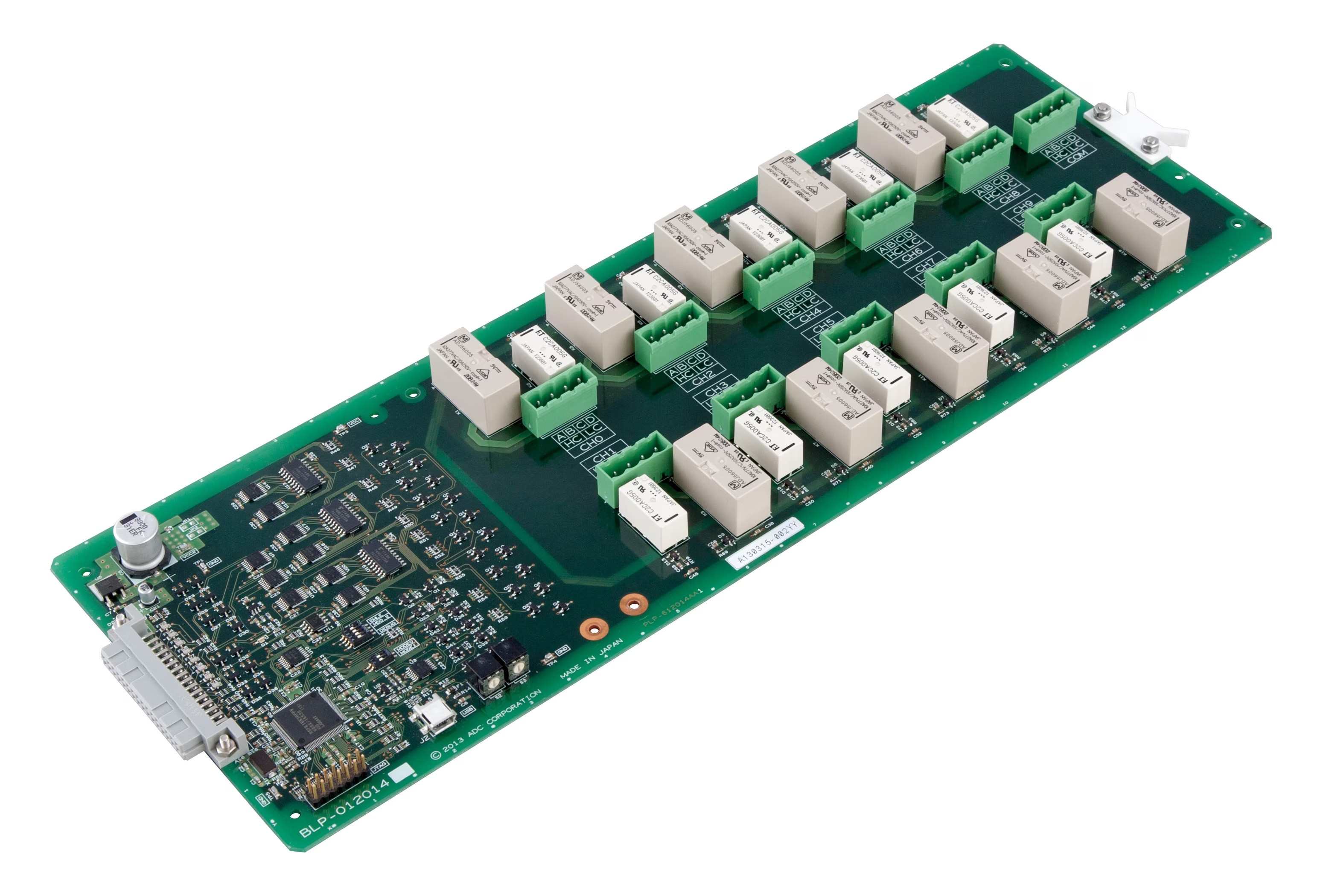Multiplexers and Demultiplexers: Core Components in Signal Routing
Multiplexers (MUX) and Demultiplexers (DEMUX) are foundational components in digital and analog signal processing. These devices play a pivotal role in managing signal flow in modern electronics by optimizing the use of data paths and ensuring efficient routing of signals. This article explores their working principles, technical design considerations, and applications across various industries.
The Basics of Multiplexers and Demultiplexers
What Is a Multiplexer (MUX)?
A multiplexer is a device that selects one input from multiple sources and forwards it to a single output line. It acts as a data selector, enabling efficient sharing of a communication or processing channel.
- Functionality: A MUX has
2^ninput lines, one output line, andncontrol lines. The control lines determine which input signal is routed to the output. - Common Configurations: Popular MUX types include 2-to-1, 4-to-1, and 8-to-1 configurations.
What Is a Demultiplexer (DEMUX)?
A demultiplexer performs the reverse operation of a multiplexer. It takes a single input signal and distributes it to one of several output lines based on control signals.
- Functionality: A DEMUX has one input line,
2^noutput lines, andncontrol lines. - Common Configurations: Typical configurations include 1-to-2, 1-to-4, and 1-to-8.
Working Principles and Circuit Design
How Multiplexers Work
A MUX uses logic gates to determine the path of the input signal based on control inputs. For example, in a 4-to-1 multiplexer:
- Four data input lines are connected to a set of AND gates.
- Control lines are used in a decoding circuit to activate only one AND gate at a time.
- The activated AND gate passes the corresponding input signal to the output.
How Demultiplexers Work
A DEMUX functions by decoding the control signal to enable one of several output lines. For example, in a 1-to-4 demultiplexer:
- A single input signal is connected to a set of AND gates.
- The control lines determine which AND gate is activated.
- The activated gate forwards the input signal to the corresponding output line.
Key Design Considerations
- Propagation Delay: Signal routing introduces a delay that must be minimized for high-speed applications.
- Fan-Out Capacity: Ensure the circuit can drive the required number of devices connected to MUX or DEMUX outputs.
- Voltage Compatibility: Input and output voltage levels must match system requirements.
Applications of Multiplexers and Demultiplexers
Data Communication Systems
In communication systems, MUX and DEMUX components manage bandwidth and data paths efficiently.
- Multiplexers: Combine multiple data streams into one channel for transmission.
- Demultiplexers: Separate the combined signal back into individual data streams at the receiving end.
Microprocessor Interfacing
MUX and DEMUX simplify microprocessor interfacing by minimizing the number of I/O pins needed for complex signal routing.
- Address Decoding: DEMUX components are used to decode address signals for memory or peripheral selection.
- Data Bus Sharing: Multiplexers enable multiple devices to share a single data bus.
Audio and Video Switching

Multiplexers are commonly used in audio and video devices for signal selection and routing.
- Video Input Switching: Enable multiple video sources to connect to a single display device.
- Audio Mixing Consoles: Route multiple audio input channels to various output devices.
Test and Measurement Equipment
In automated testing, MUX and DEMUX are employed to select and distribute test signals across multiple units.
- Signal Routing: Multiplexers channel test signals to different points in a circuit.
- Result Collection: Demultiplexers gather output signals from various circuit sections for analysis.
Advantages and Future Trends
Benefits of Using MUX and DEMUX
- Reduced Complexity: Simplify circuit design by reducing the number of interconnections.
- Efficient Resource Utilization: Enable multiple signals to share limited resources like communication channels.
- Scalability: Easily expand systems by integrating additional MUX or DEMUX units.
Future Trends in MUX and DEMUX Technology
- High-Speed Designs: The demand for higher data rates has led to the development of low-latency and high-frequency multiplexers.
- Integration in System-on-Chip (SoC): Modern SoCs integrate MUX and DEMUX functionality for compact designs.
- Power Efficiency: Advances in low-power designs ensure longer battery life for portable devices.
Multiplexers and Demultiplexers Conclusion
Multiplexers and Demultiplexers are indispensable in modern electronic systems, enabling efficient signal routing and resource management. Their applications span from data communications to test equipment, highlighting their versatility and importance.
At MobikeChip, we offer a comprehensive range of multiplexers and demultiplexers designed for diverse applications. With our commitment to quality and competitive pricing, you can rely on us to meet your component needs for both standard and specialized designs.
About Us
MobikeChip offers a broad range of genuine electronic components from over 2,600 manufacturers at competitive prices. Our product portfolio includes Integrated Circuits (ICs), Discrete Semiconductor Products, Resistors, Capacitors, Relays, Switches, Transformers, Sensors, Transducers, Inductors, Coils, Chokes, Potentiometers, Variable Resistors, Crystals, Thermal Management products, and more.
Category page:
Analog Switches, Multiplexers, Demultiplexers-Interface-Manufacturers-Dealer-MobikeChip

Comments
Post a Comment